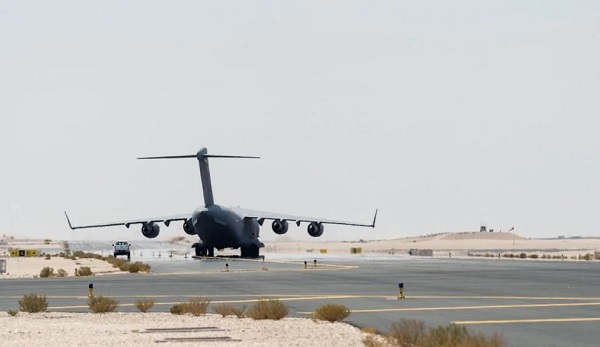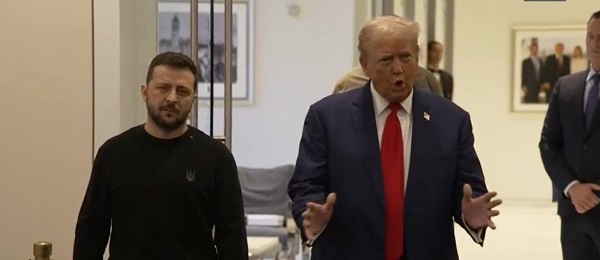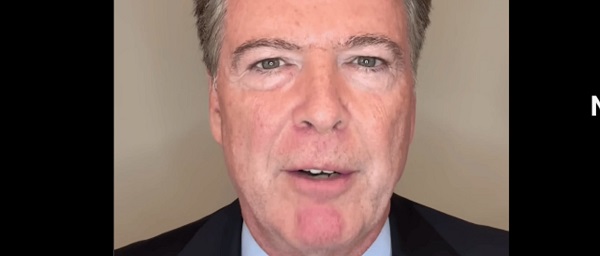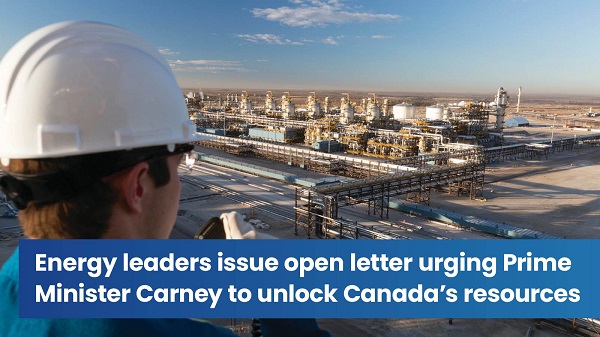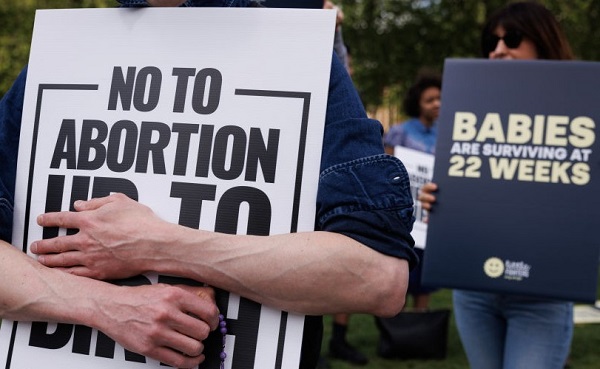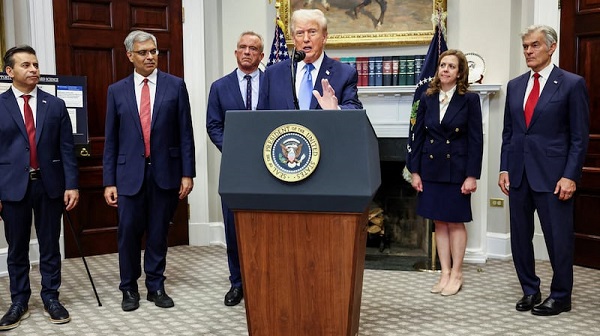
By Wallace White
President Donald Trump’s apparent change in tune towards Ukraine shouldn’t be taken solely at face value, and may actually serve another purpose to further pressure all parties to come to the table, foreign policy experts told the Daily Caller News Foundation.
Trump issued a Truth Social post Tuesday saying that Ukraine was “in a position to fight and WIN all of Ukraine back in its original form,” and that he would continue sending NATO weapons to use in Ukraine. While many in the mainstream media characterized his statement as a notable “pivot,” experts told the DCNF that Trump may be giving Ukraine and Russian President Vladimir Putin one last chance to end the war on peaceful terms, after which Trump may stand strongly behind Ukraine or wash his hands of the conflict altogether.
“I think it’s a tactical shift, but I don’t think his strategic purpose has changed,” George Beebe, director of grand strategy at the Quincy Institute for Responsible Statecraft, told the DCNF. There are parties that insist that it must be a battlefield victory, and there are those in Russia that believe that it ought to be a battlefield victory. His answer to them is, ‘okay, you don’t want to compromise? Go ahead, pursue your battlefield victory,’ and that’s one that I don’t think any of these people have really grappled with the reality of what that really means for them.”
Trump has already taken multiple steps to roll back direct U.S. involvement in the arming and aiding of Ukraine, instead off-loading
responsibility to closer European allies in NATO. Beebe thinks that Trump’s recent statement can be interpreted as another signal that the president may be attempting to further distance the U.S. from the conflict.
“If you read carefully, he talks about NATO as if it’s some separate entity to the United States,” Beebe told the DCNF. “I think the Europeans could not have failed to pick that up. And that by itself is, from Europe’s point of view, very concerning. And Trump basically said, ‘Okay, Europe, go ahead. Go to it. You defeat this paper tiger of Russia.’ But don’t expect … the United States to come running to defend you when the Russians shoot back at you.”
The White House has claimed that Trump’s statements towards Ukraine are part of a larger negotiating tactic. Trump has continued to pressure nations buying Russian oil to change their petroleum supply, most recently urging Turkish President Tayyip Erdogan during their Oval Office meeting Thursday.
Wilson Beaver, senior policy advisor for defense budgeting and NATO policy at the Heritage Foundation, told the DCNF that his insistence on pursuing these trade negotiations surrounding the Ukraine war is evidence that Trump is nowhere near done with attempting to broker peace.
“One thing I would point to that shows just how committed he is: the tariffs put on India,” Beaver told the DCNF. “India has been making a lot of money buying oil from the Russians, and we’ve nicely asked them to stop for the past three years, and they haven’t. President Trump was frustrated with that, and he acted to try to get the Indians to stop funding Russia’s war in Ukraine, and this has had some follow-on negative effects for the U.S.-India relationship.”
When asked a question Tuesday on whether or not the president still trusted Putin to come to the peace table, Trump told reporters to wait “a month from now.” Trump also said that he would back NATO allies if Russia decided to expand its war to the rest of Europe.
This month, Russia has violated violated the airspace of Poland and Estonia multiple times, prompting condemnation from Europe and increased readiness among NATO nations for any potential escalation with Russia. Whatever Trump’s tactics are, Beaver believes his course remains steady despite perceived rhetorical changes.
“He’s very committed to a peace deal, a cease fire for Ukraine,” Beaver told the DCNF. “I think it was always in the cards that different tactics might have to be used to reach that end state, but the goal is the same.”
Related
